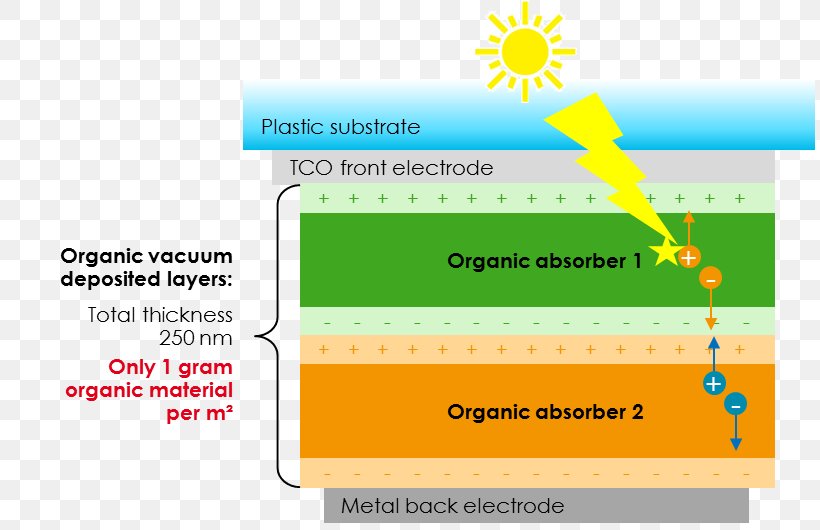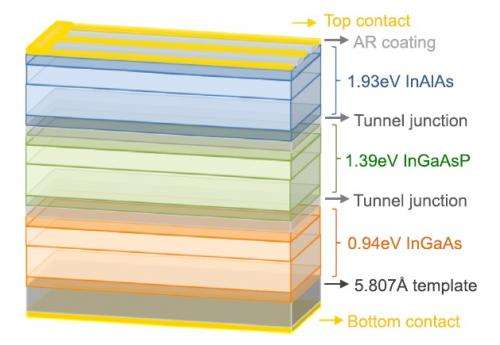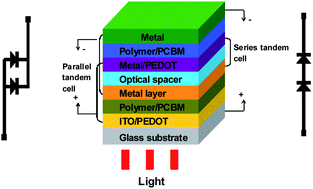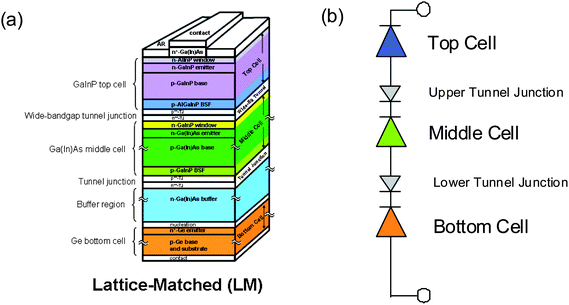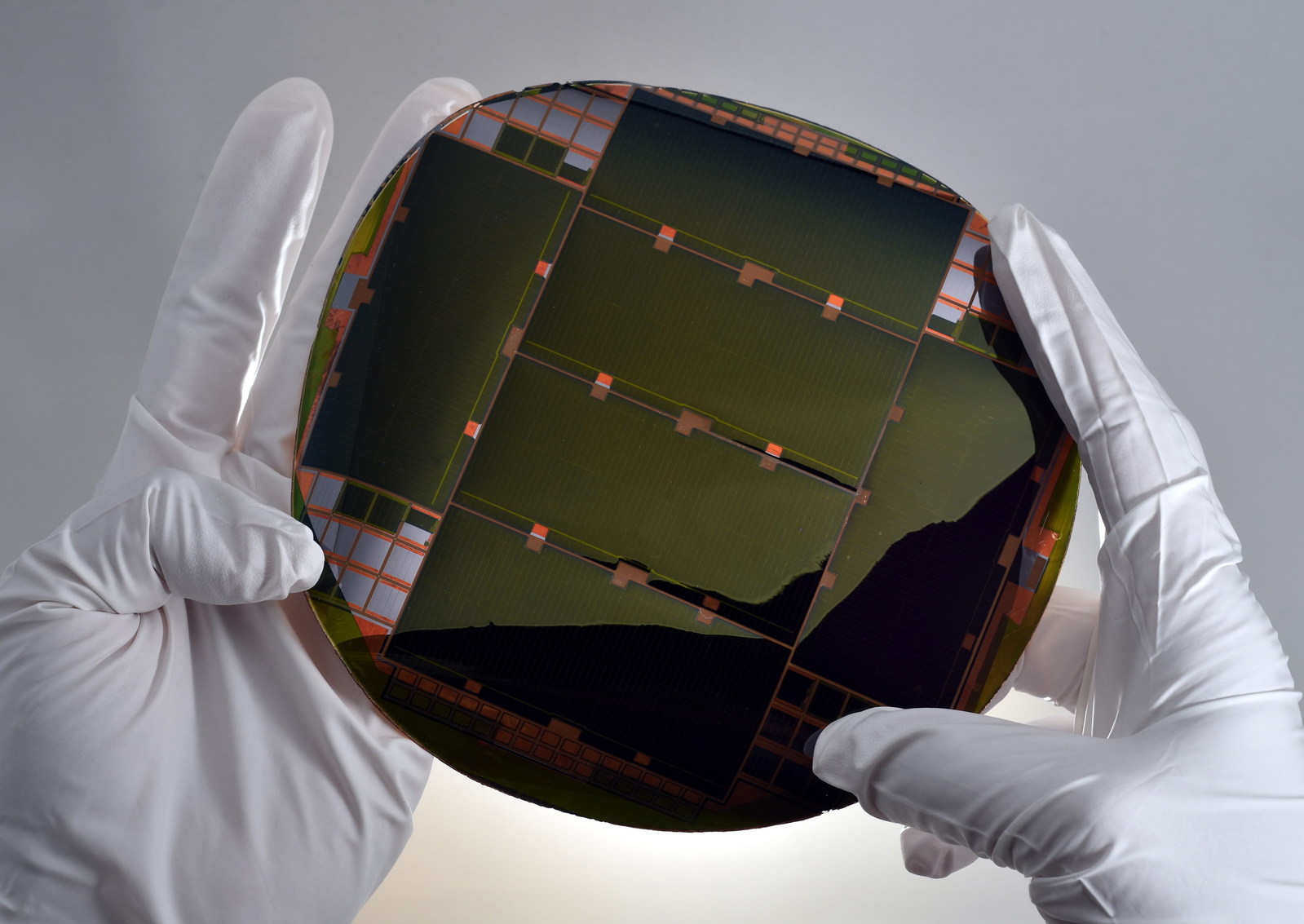The maximum theoretical efficiency that a single bandgap solar cell can achieve with non concentrated sunlight is about 33 5 primarily because of.
Multijunction solar cell substrate.
Back contact only multi junction solar cells having recessed through substrate vias wherein the side facing the sun is capable of withstanding environments for use in space are disclosed.
Multi junction solar cells and methods for making multi junction solar cells are disclosed.
A solar cell is disclosed with v grooves which are series connected but electrically isolated indirect bandgap solar cells which are responsive to different light frequencies on both sides of a semi insulating optically transparent substrate.
Recently devel oped thin lm iii v solar cells based on exible substrates represent an attrac.
High efficiency multijunction devices use multiple bandgaps or junctions that are tuned to absorb a specific region of the solar spectrum to create solar cells having record efficiencies over 45.
Iii v solar cell structures are conventionally grown on thick single crystalline semiconductor substrates which signi cantly inhibit the mechanical exibility of the solar cells and limit their speci c power per weight 5.
In this three junction imm solar cell high performance subcells are realized by.
Multijunction solar cells based on iii v materials gallium arsenide gaas aluminum indium phosphide alinp aluminum gallium indium phosphide algainp gallium indium phosphide gainp and indium phosphide inp etc show high efficiency exceeding 35 but due to the high production cost and low availability of their constituents these solar cells are not considered suitable for cost.
Germanium has long been a popular material for integrated circuits.
Multi junction mj solar cells are solar cells with multiple p n junctions made of different semiconductor materials each material s p n junction will produce electric current in response to different wavelengths of light the use of multiple semiconducting materials allows the absorbance of a broader range of wavelengths improving the cell s sunlight to electrical energy conversion efficiency.
The device has a very high conversion efficiency of approximately 40 and high open circuit voltage and low series resistance.
Solar cells with efficiencies higher than 30 including multijunction iii v cells and iii v cells combined with silicon cells are the best candidates for applications in the automotive sector.
Monolithic integration of iii v compound semiconductors on si substrates is of major importance for next generation electronics optoelectronics and photovoltaic devices for energy conversion the successful integration of these lattice mismatched semiconductors would result in a significant cost reduction of multijunction solar cell due to the combined lower cost of.
